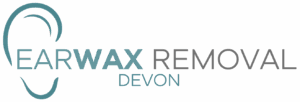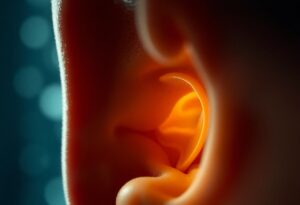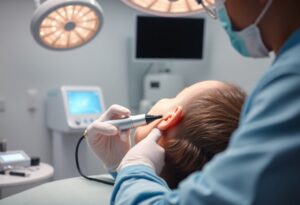Over time, many people attempt to remove earwax at home, but this practice can lead to complications if not done correctly. You may face issues such as ear infections, damage to the eardrum, or impacted wax that worsens the situation. Understanding the risks associated with improper earwax removal is necessary for maintaining your ear health. This post will guide you on how to safely manage earwax, ensuring that you avoid common pitfalls and protect your hearing.
Key Takeaways:
- Using cotton swabs can push earwax deeper, leading to blockage or injury.
- Home remedies like ear candles can cause burns or further wax impaction.
- Consulting a healthcare professional is recommended for safe and effective earwax removal.
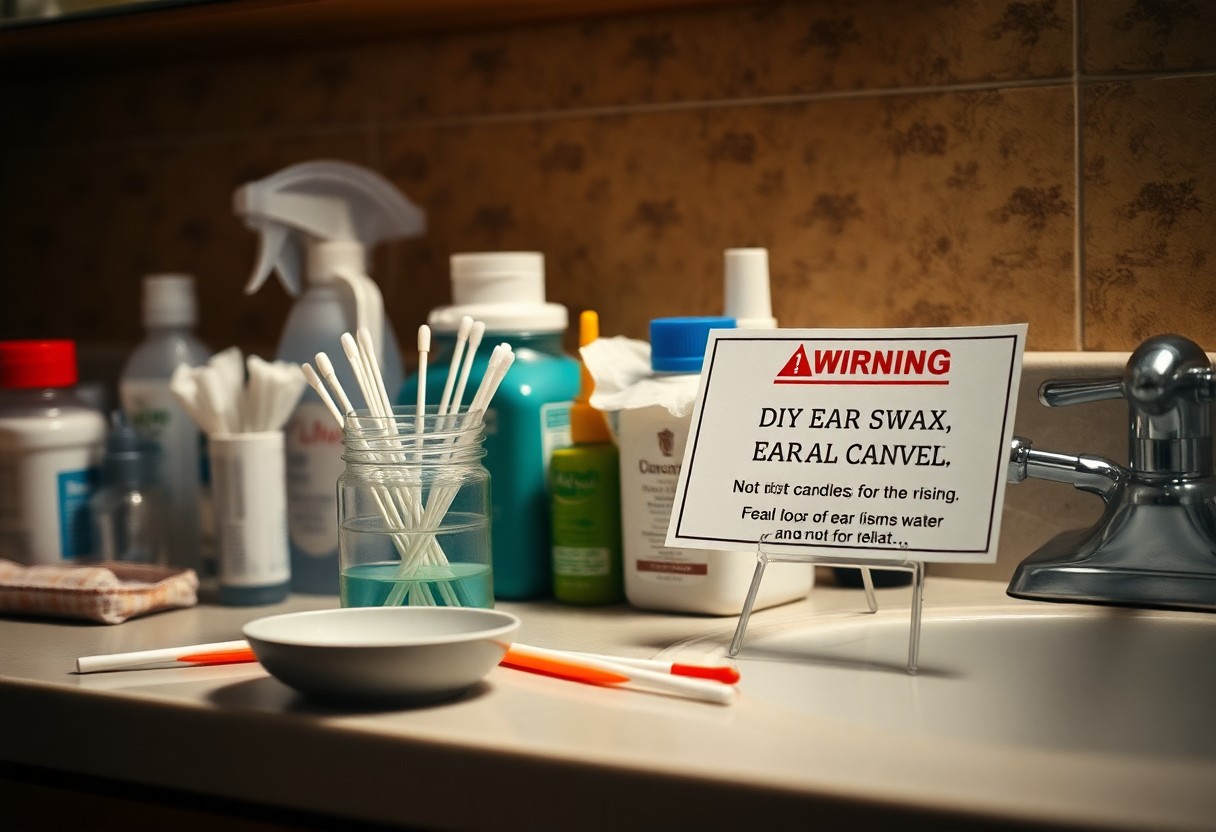
The Risks of DIY Earwax Removal
Common Mistakes That Lead to Complications
Innocently using cotton swabs often pushes earwax deeper into the ear canal, causing impaction. You might also try household items like bobby pins or tweezers, which can injure the delicate skin inside your ears. Unhygienic practices, such as using dirty tools, can lead to infections. Misjudging the amount of force needed or your own anatomy can complicate matters further, leading to pain, vertigo, or even hearing loss.
Tools You Should Never Use
Many tools that seem harmless can actually exacerbate earwax buildup or harm your ear. Objects such as cotton swabs, bobby pins, and even your fingers can cause significant damage. These items can risk puncturing your eardrum or injuring your ear canal. Instead of providing relief, they can lead to further blockages and potential infections. Always prioritize safer methods for cleaning earwax over risky DIY tools.
Understanding Earwax: More Than Just a Nuisance
The Role of Earwax in Ear Health
Earwax, or cerumen, plays a vital role in maintaining your ear health. It serves as a natural barrier, trapping dirt and debris, preventing infections, and lubricating the ear canal. Your body produces earwax to protect your ears from bacteria and fungi, helping to keep your auditory system functioning optimally.
When Earwax Becomes a Problem
Excess earwax can lead to blockages that cause discomfort, hearing loss, and even tinnitus. Factors such as using cotton swabs, wearing hearing aids, or having narrow ear canals contribute to the buildup. In some cases, you might notice symptoms like itching, fullness in the ear, or actual pain, indicating a need for professional intervention.
Ignoring the signs of excessive earwax can escalate issues significantly. For instance, a blockage could lead to decreased hearing ability or, in severe cases, an ear infection. Statistics indicate that around 12 million individuals in the United States seek medical help for impacted earwax each year. By understanding when earwax transitions from a protective agent to a nuisance, you can take proactive steps to maintain optimal ear health and prevent complications. Regular check-ups with your healthcare provider can ensure that earwax levels remain healthy and aren’t left to build up unnecessarily.
Symptoms Indicating Professional Help Is Necessary
Signs of Earwax Buildup
Feeling a sensation of fullness in your ears, experiencing muffled hearing, or noticing a sticky substance in the outer ear are common indicators of earwax buildup. You might also find yourself frequently clearing your throat or yawning in an attempt to relieve pressure. If you observe these signs, it’s advisable to seek professional assistance to prevent further complications.
Warning Signals of Complications
In some cases, excess earwax can lead to more serious issues. Symptoms such as severe ear pain, tinnitus (ringing in the ears), dizziness, or persistent itching could indicate that the buildup has caused a blockage or infection. These warning signs should not be ignored, as prompt medical evaluation can help avoid further complications.
Severe ear pain accompanied by drainage or discharge from the ear suggests that the buildup may have led to an infection. Tinnitus, or ringing sounds that persist without external stimuli, can indicate pressure on the eardrum or underlying ear conditions. Dizziness or balance issues often point to possible complications affecting your inner ear, where pressure changes can disrupt your equilibrium. Addressing these symptoms quickly with a healthcare professional is crucial to prevent lasting damage. Ignoring them can result in more intensive treatment and recovery times.
The Dangers of Improper Techniques
Injury Risks Associated with Unsafe Removal
Using inappropriate tools like cotton swabs or hairpins can lead to physical injuries in your ear canal. These methods not only risk puncturing your eardrum but may also cause cuts or abrasions, which can lead to further complications. In severe cases, such injuries can result in hearing loss or chronic ear pain, forcing you to seek medical intervention to repair the damage.
Potential for Infection and Long-Term Damage
Improper earwax removal techniques can introduce bacteria into your ear canal, leading to infections that can escalate quickly. Once bacteria gains entry through a swelling or scratch, the chances of developing an ear infection increase significantly, potentially causing fluid buildup and persistent pain.
Infections stemming from improper removal can have long-term implications on your ear health. Chronic infections may result in lasting damage to the ear structures, including the eardrum, and can lead to complications like tympanic membrane perforations. This not only affects your hearing ability but might also require extensive medical treatment, making prevention through safe earwax management vital for maintaining optimal ear health.
Best Practices for Safe Earwax Management
Recommended Home Care Approaches
Regularly using over-the-counter ear drops can help soften earwax, making it easier to manage at home. Additionally, applying a few drops of mineral oil or hydrogen peroxide may also assist in breaking down hardened wax. You can gently irrigate the ear with warm water in the shower to help flush out any loosened debris. Avoid inserting objects into your ears to prevent pushing the wax deeper or causing injury.
Professional Treatments and Their Effectiveness
Seeking professional help for earwax removal brings the expertise of healthcare providers who can safely and effectively clear your ears. Methods such as suction, manual removal with specialized instruments, or irrigation by a trained professional have high success rates and minimize the risk of complications. In many cases, these treatments lead to immediate relief and restoration of normal hearing, proving far more effective than home remedies.
Studies show that professional removal methods result in quick recovery for most patients. Suction techniques can clear wax without contact, significantly reducing the risk of injury. Manual removal allows clinicians to assess the ear canal visually, ensuring complete clearance of blockages. The effectiveness of these techniques often alleviates symptoms like muffled hearing or discomfort right away, making a visit to an audiologist or ENT a wise choice if symptoms persist.
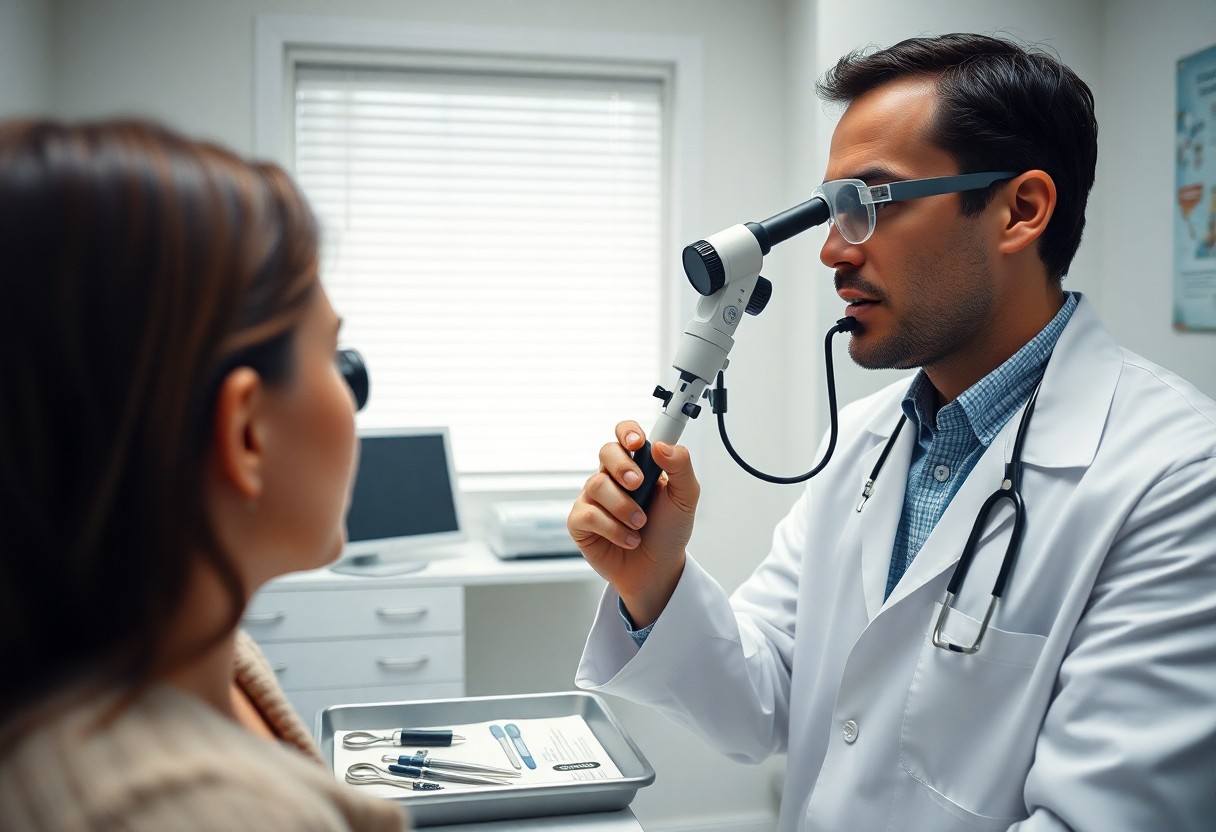
Navigating Conversations with Healthcare Providers
How to Advocate for Appropriate Ear Care
Advocating for your ear care involves being informed about your symptoms and treatment options. Clearly express any concerns you have regarding earwax buildup or discomfort. Bring a list of your symptoms, current medications, and any prior experiences with ear care to help your provider understand your situation better. Engaging in open dialogue empowers you to make decisions about your health alongside your healthcare provider.
Questions to Ask During Your Appointment
Prepare a list of specific questions to maximize the effectiveness of your appointment. Inquire about the best methods for earwax removal tailored to your needs, potential complications from various techniques, and recommended frequency for ear care. Additionally, ask what signs indicate a need for professional intervention versus self-care at home.
Focus on key aspects of your ear health by asking questions such as, “What symptoms should prompt me to seek immediate help?” and “Can you explain the risks associated with at-home removal versus in-office procedures?” Understanding your provider’s recommendations and rationale will enable you to make informed choices about your ear care and ensure your treatment aligns with your health goals.
The Psychological Impact of Earwax Mismanagement
Anxiety and Embarrassment: The Emotional Toll
Experiencing earwax buildup can lead to significant anxiety and embarrassment for many individuals. You may find yourself worrying about potential odors or the possibility of others noticing your condition. This discomfort can affect social interactions and overall self-esteem, creating a cycle of fear around maintaining hygiene and seeking help.
Building Awareness and Reducing Stigma
Raising awareness about earwax management can significantly reduce societal stigma attached to this common issue. Normalizing conversations around ear health encourages more individuals to address their concerns without fear of judgment. Education about earwax removal, including proper methods and the importance of seeking professional help, empowers you to make informed decisions and reduces anxiety associated with mismanagement.
Conclusion
Drawing together the complexities of earwax removal, it’s necessary that you approach this task with care. Incorrect techniques can lead to complications such as ear infections or damage to your eardrum. Always prioritize safety by consulting a professional if you’re unsure and avoid the use of cotton swabs or other implements. Utilizing safe, recommended methods helps ensure your ear health and comfort, making for a more effective earwax management strategy.
FAQ
Q: What are the common methods of earwax removal that can lead to problems?
A: Common methods include cotton swabs, ear candling, and oil drops. Cotton swabs can push earwax deeper, ear candling may cause burns or blockages, and oil drops may lead to irritation if used improperly.
Q: What symptoms indicate that earwax removal has gone wrong?
A: Symptoms may include pain, hearing loss, dizziness, itching, and unusual discharge from the ear. If these occur after attempting to remove earwax, seek medical advice.
Q: How can improper earwax removal affect hearing?
A: Improper removal can lead to impacted earwax, which blocks sound waves and causes temporary hearing loss. Persistent blockage may require professional intervention to prevent long-term damage.
Q: What professional treatments are available for earwax removal?
A: Professionals may use tools like suction, curettes, or irrigation to safely remove earwax. These methods are effective and reduce the risk of complications compared to at-home techniques.
Q: How can I safely prevent earwax buildup?
A: Regular cleaning of the outer ear with a cloth, avoiding inserting objects into the ear canal, and scheduling routine check-ups with a healthcare provider can help prevent buildup safely.
